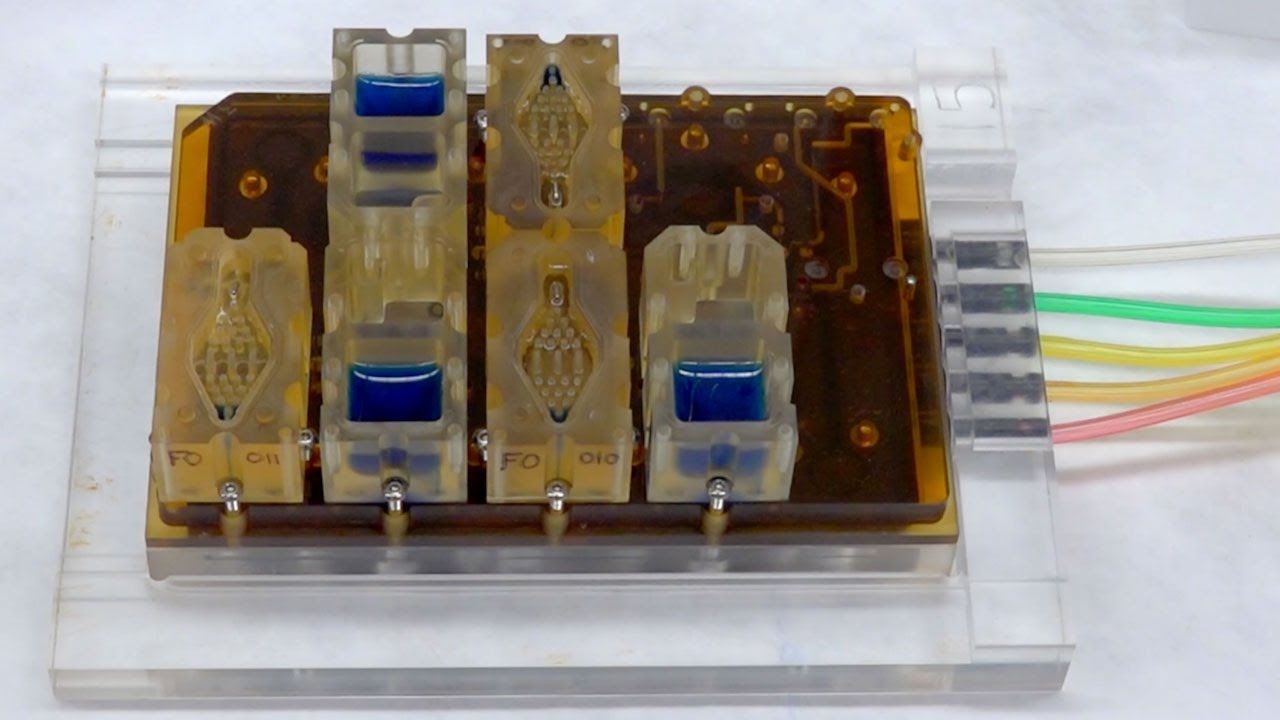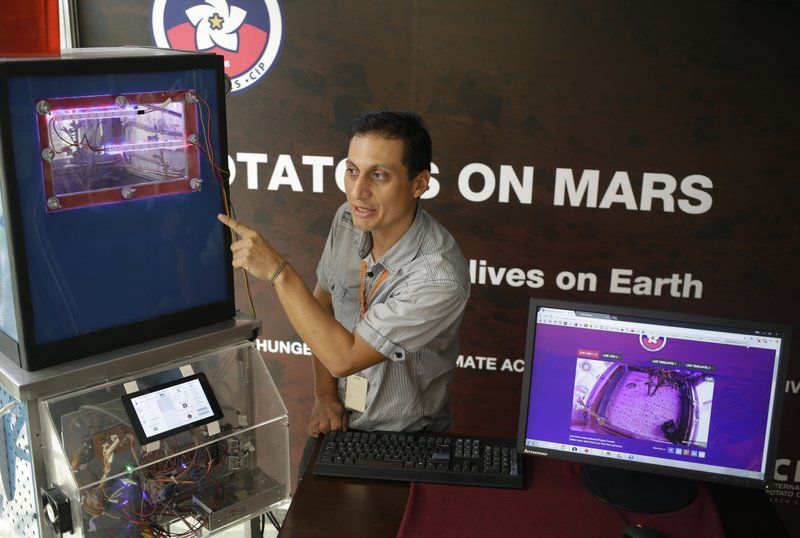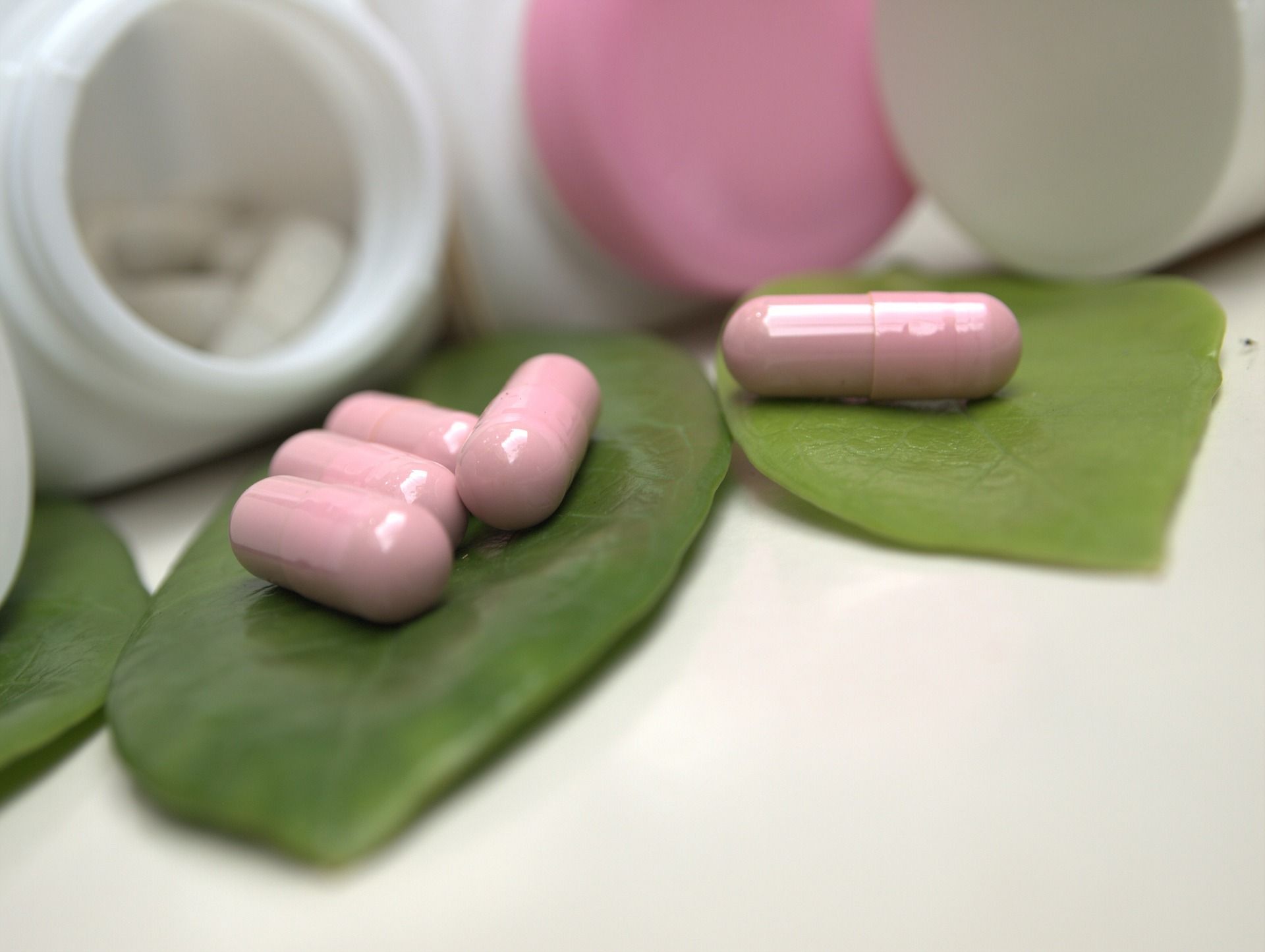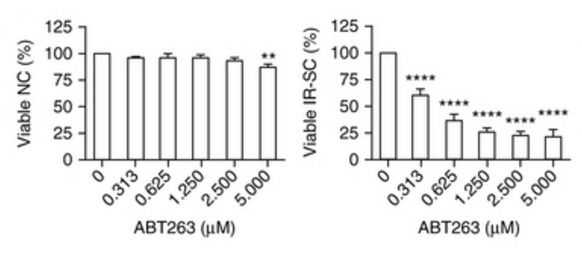Page 10430
Mar 30, 2017
The SpaceX Falcon 9 rocket is prepared to launch from historic Complex 39A at the Kennedy Space Center, Florida on March 30, 2017. This is the first time that a “flight-proven” booster is used to launch a payload into space. The vehicle is lifting an 11,000 pound satellite for the Luxembourg based company, SES, to provide video, TV and communications services to Latin America, Mexico and the Caribbean. Photo by Joe Marino-Bill Cantrell/UPI
Posted by Dan Kummer in categories: space, transportation
Mar 30, 2017
Scientists create tiny female reproductive system in a dish
Posted by Dan Kummer in category: biotech/medical

March 28 (UPI) — Researchers at Northwestern University created a synthetic version of the female reproductive system that can be used to test drug therapies.
The system is shaped like a cube and consists of a series of small tubes, each containing cells from a different part of the female reproductive system, including the uterus, cervix, vagina, fallopian tubes and liver.
Continue reading “Scientists create tiny female reproductive system in a dish” »
Mar 30, 2017
First on the Martian menu: spuds
Posted by Dan Kummer in categories: climatology, space, sustainability
LIMA, Peru (AP) — If human beings finally reach Mars, they may find themselves depending on the humble, if hardy potato.
Scientists in Peru have used a simulator that mimics the harsh conditions on the Red Planet to successfully grow a small potato plant.
It’s an experiment straight out of the 2015 Hollywood movie “The Martian” that scientists say may also benefit arid regions already feeling the impact of climate change.
Mar 30, 2017
How The Power Of Synthetic Biology could reshape the world
Posted by Klaus Baldauf in categories: bioengineering, biotech/medical, computing, environmental
Mushroom buildings, jurassic park and terraforming.
Did you ever hear about synthetic biology? No? Imagine that we could alter and produce DNA from scratch just like an engineer. Doesn’t it sound like one of the greatest interdisciplinary achievements in recent history?
Think about it, a bio-technologist is doing more or less the work of a programmer but instead of using a computer language he’s doing it by arranging molecules embedded in every living cell. The outcome, if ever mastered, could reshape the world around us dramatically.
Continue reading “How The Power Of Synthetic Biology could reshape the world” »
Mar 30, 2017
Rapamycin: An impressive geroprotector with a few fatal flaws
Posted by Steve Hill in categories: biotech/medical, life extension
A look at Rapamycin the life extending drug with some serious drawbacks.
If any drug has performed consistently and unequivocally well in anti-aging trials, it’s rapamycin. Dr. Matt Kaeberlein’s Dog Aging Project is among the most recent trials investigating its longevity-promoting potential in mammals, but it’s also been the subject of numerous trials in mice, worms, flies and yeast. And although it acts through a mechanism which has been most closely associated cancer prevention, this drug appears to stave off all maladies related to aging.
Even more encouraging are the indications that it could be beneficial well into old age. Trials done in the National Aging Institute’s ITP, a testing protocol that collects its data from three independent labs, found that when mice started rapamycin treatment at 600 days old (roughly 60 in human years), they lived an average of 11% longer than control counterparts. Longevity interventions that hold up well even in late-life are few and far between, and even the traditionally successful method of caloric restriction has limited utility when begun late.
Continue reading “Rapamycin: An impressive geroprotector with a few fatal flaws” »
Mar 30, 2017
Capacitively coupled arrays of multiplexed flexible silicon transistors for long-term cardiac electrophysiology
Posted by Roman Mednitzer in categories: biotech/medical, computing
Advanced capabilities in electrical recording are essential for the treatment of heart-rhythm diseases. The most advanced technologies use flexible integrated electronics; however, the penetration of biological fluids into the underlying electronics and any ensuing electrochemical reactions pose significant safety risks. Here, we show that an ultrathin, leakage-free, biocompatible dielectric layer can completely seal an underlying array of flexible electronics while allowing for electrophysiological measurements through capacitive coupling between tissue and the electronics, without the need for direct metal contact. The resulting current-leakage levels and operational lifetimes are, respectively, four orders of magnitude smaller and between two and three orders of magnitude longer than those of other flexible-electronics technologies. Systematic electrophysiological studies with normal, paced and arrhythmic conditions in Langendorff hearts highlight the capabilities of the capacitive-coupling approach. These advances provide realistic pathways towards the broad applicability of biocompatible, flexible electronic implants.
Mar 30, 2017
Senolytics against Aging: Snapshot of a Fast-Moving Field
Posted by Steve Hill in categories: biotech/medical, life extension
A review of senescent cell removal therapies.
Aging at the cellular level is called “cell senescence”, and it contributes profoundly to whole-body aging. The most promising near-term prospects for a leap in human life expectancy come from drugs that eliminate senescent cells. Programs in universities and pharmaceutical labs around the world are racing to develop “senolytic” drugs, defined as agents that can kill senescent cells with minimal harm to normal cells.
Apoptosis is cell suicide, and (from the perspective of the full organism) it’s the best thing that can happen to senescent cells. The authors of this newest Dutch study ask how it is that senescent cells escape apoptosis.
Continue reading “Senolytics against Aging: Snapshot of a Fast-Moving Field” »
Mar 30, 2017
This Cloud Actually Rains Drops Of Tequila
Posted by Shane Hinshaw in categories: futurism, mobile phones
A future bar fad?
Science has pulled through with the goods once again. Nope, no word yet on an unlimited clean energy source or a phone battery that lasts more than a day. But hold tight, they have created an indoor cloud that produces raindrops of real tequila.
The tequila cloud is part of an installation at Urban Spree art gallery in Berlin, created by the ad agency LAPIZ on behalf of the Mexico Tourism Board. The idea is that the weather sucks in Germany during March, so why not head over to Mexico for a holiday? Sounds good to us.
Continue reading “This Cloud Actually Rains Drops Of Tequila” »
















